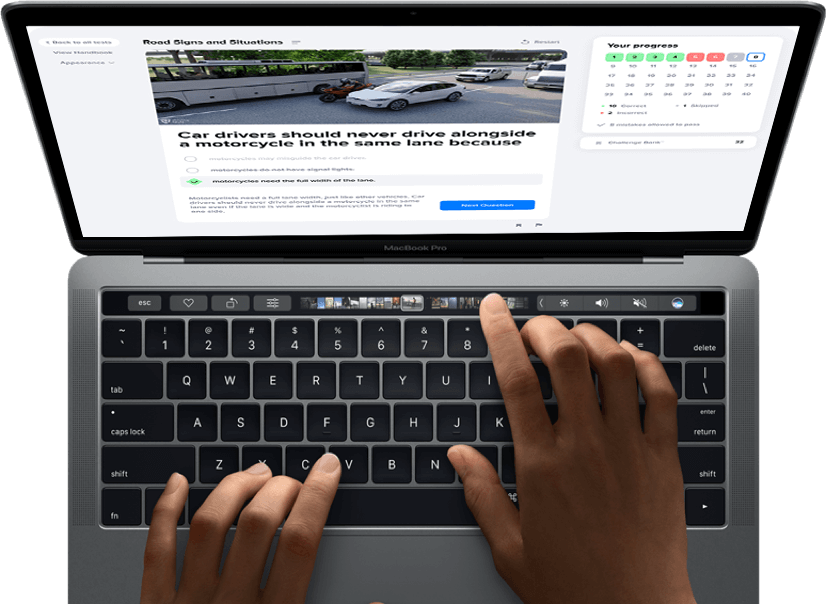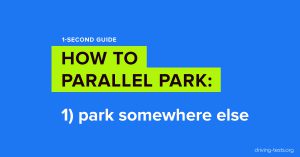Many drivers find that they need to attach a trailer to their vehicle in order to transport a boat, camper, utility trailer, or other recreational vehicle. Most SUVs and trucks are outfitted with a towing package that allows drivers to attach a trailer using a ball hitch and connect the trailer’s electrical system to their vehicle’s electrical system. Before beginning to attach a trailer to your vehicle, ensure that your vehicle is equipped with the correct size ball hitch for the trailer you intend to haul.
This video will help you select the correct ball hitch for your situation:
10 Steps to Attach a Trailer to a Hitch
Here’s everything you need to attach a trailer to a hitch.
- 1
When attaching a trailer, it is often helpful to have someone guide your steering as you back your vehicle towards the trailer. If you do not have someone to guide you, you may have to get out of your vehicle several time to see where you are in proximity to neck of the trailer.
- 2
Before backing your vehicle towards the trailer, use the hand crank to raise the level of the trailer’s hitch so that is several inches higher than the ball hitch on your back bumper.
- 3
Try to position your vehicle’s ball hitch precisely underneath the trailer hitch. This is especially important if you are attaching a heavy trailer that you will not be able to reposition manually.
- 4
Ensure that the trailer hitch is in the unlocked position. The handle will be positioned at a right angle to the neck of the trailer.
- 5
Use the trailer’s hand crank to lower the trailer’s hitch so that it fits securely over your vehicle’s ball hitch. The ball should fit securely inside the rounded space at the end of the trailer’s neck.
- 6
Once the trailer is attached, use the hand crank to lift the trailer’s wheel. Secure the wheel so that it is parallel to the trailer’s neck.
- 7
Position the handle so that it is parallel to the trailer’s neck and in the locked position. Place the pin inside the handle ensure that the trailer will remain attacked to the ball hitch on your vehicle.
- 8
Most trailers have two chains with large hooks attached to the ends. These chains are used as a safety precaution. If your trailer was to detach from the ball hitch for any reason, these chains would prevent your vehicle from completely separating from the trailer. Cross the chains over each other before attaching them to the bottom of your vehicle’s trailer hitch. Twist the chains to shorten their length and keep them from dragging. Insert the hooks from the bottom to ensure that they will stay attached.
- 9
Attach the trailer’s electrical plug to your vehicle’s electrical system. Before driving with a trailer, test its lights, break lights, and turn signals. Never drive with a trailer that lacks a proper electrical system that meets all traffic safety regulations.
- q
Keep in mind that most states require trailers of any type to have a license plate. Make sure that your trailer has the proper tag before driving with it.
Finally, here’s a video guide to help you refresh all the steps and practice on your own:
Take some time to practice driving with a trailer on a quiet road or open parking lot. Knowing how to attach a trailer will enable you to transport all types of recreational vehicles as well as moving and utility trailers.





